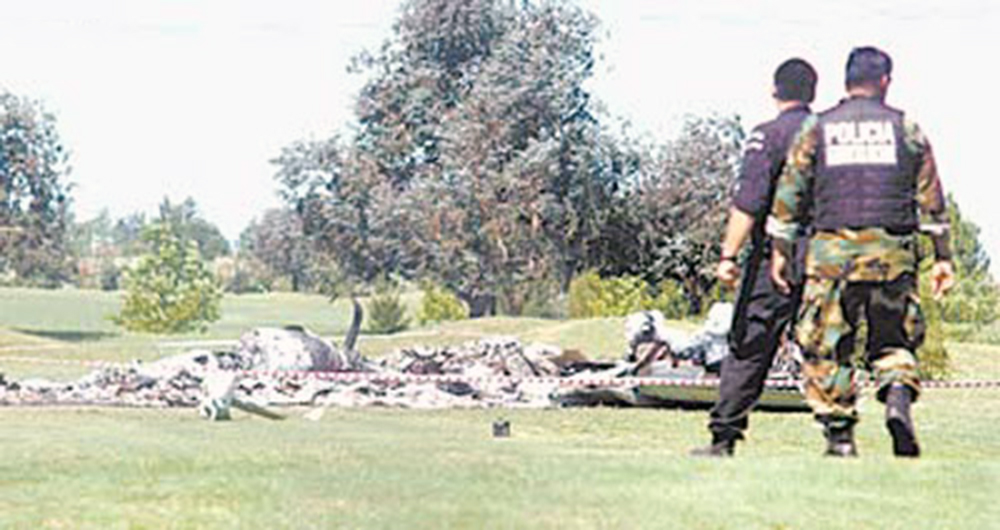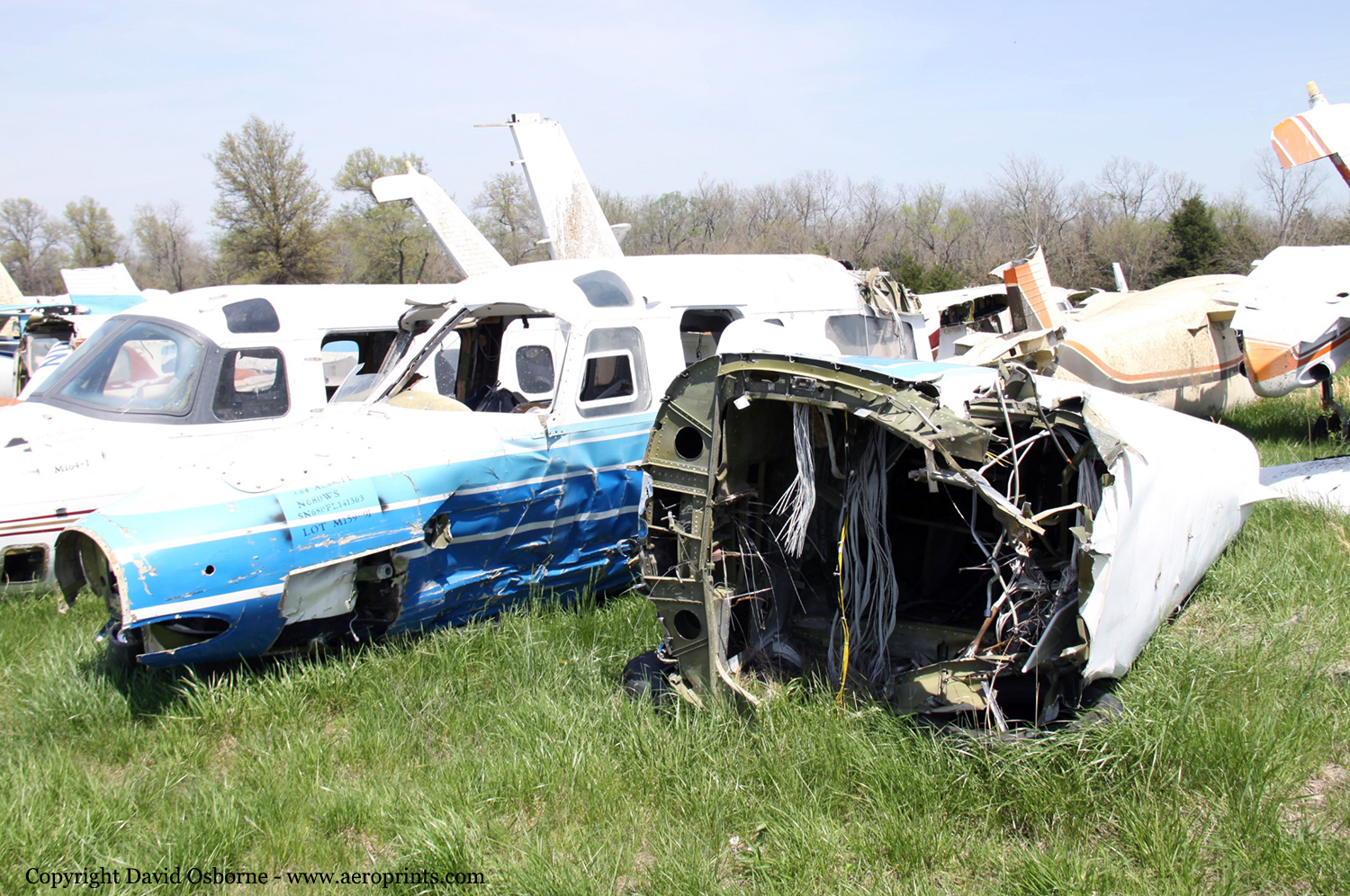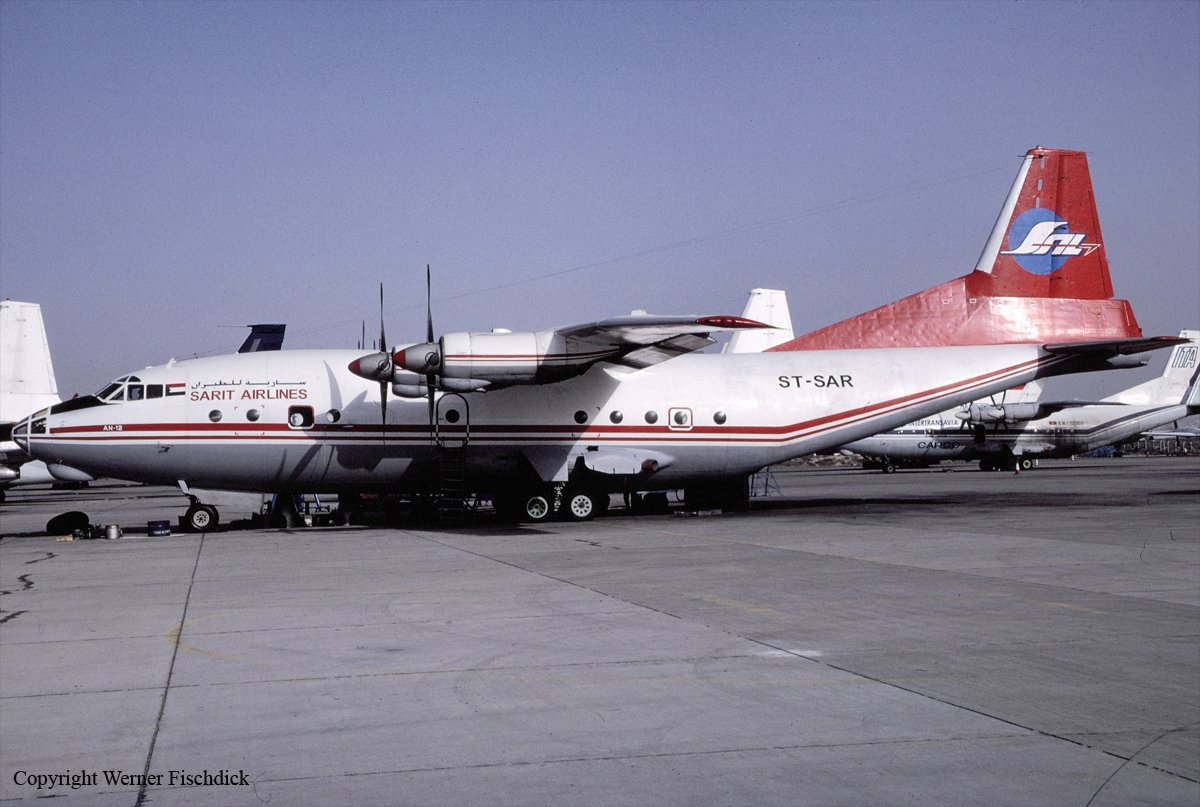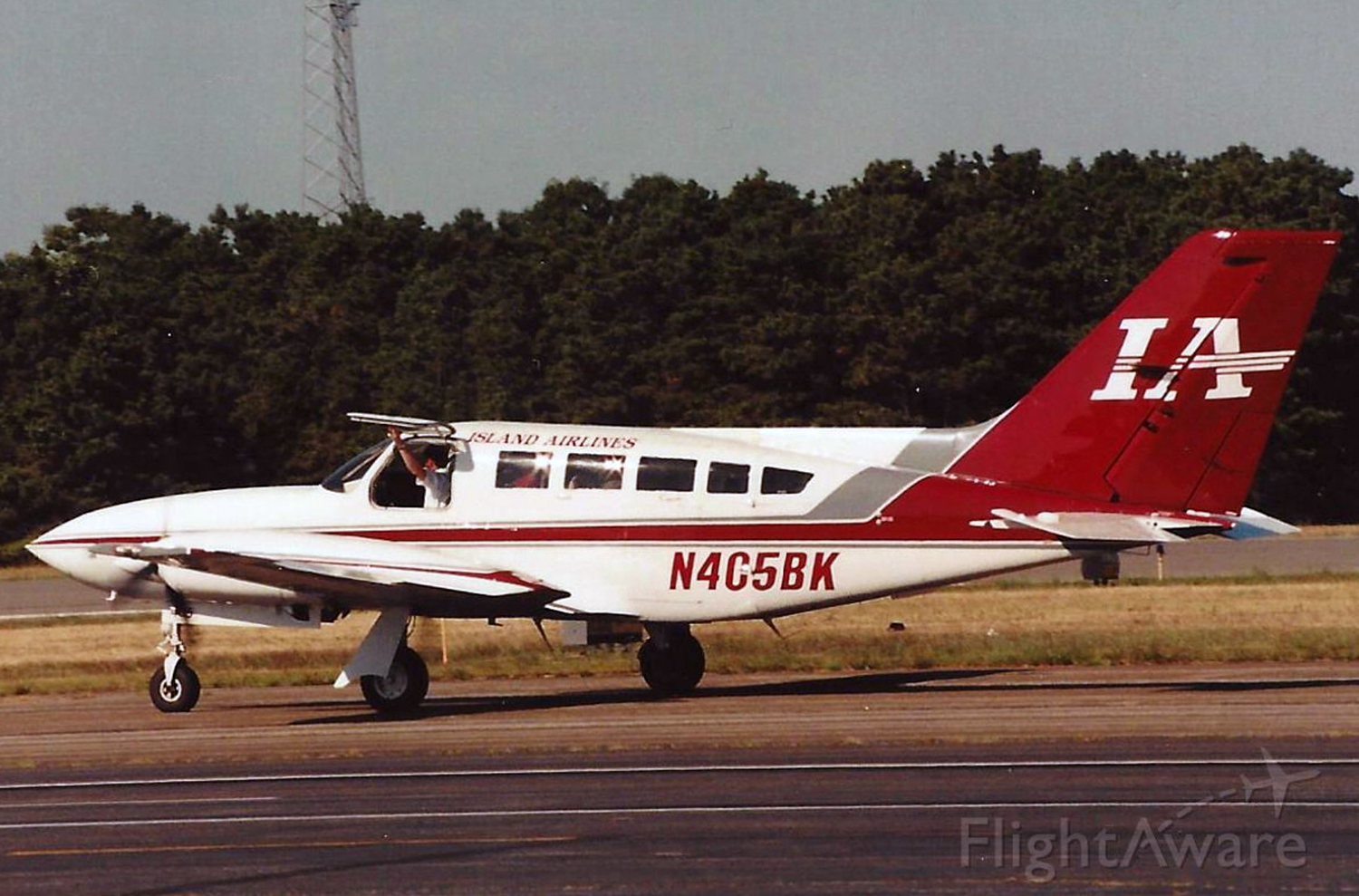Crash of a BAe 125-800A in Las Potrancas: 3 killed
Date & Time:
Oct 27, 2003 at 0808 LT
Registration:
XA-ISH
Survivors:
No
Schedule:
Tampico - Las Potrancas
MSN:
258036
YOM:
1985
Crew on board:
2
Crew fatalities:
Pax on board:
1
Pax fatalities:
Other fatalities:
Total fatalities:
3
Aircraft flight hours:
5717
Circumstances:
The aircraft departed Tampico-General Francisco Javier Mina Airport on a positioning flight to Las Potrancas Aerodrome located near Aldama, Tamaulipas. On approach to runway 02, the crew encountered marginal weather conditions with low clouds. As the aircraft was not properly aligned, the captain decided to initiate a go-around procedure and to make a left turn. At low height (about 800 feet), the aircraft struck a hill located to the left of the aerodrome and crashed. All three occupants were killed.
Probable cause:
It was determined that the accident was the consequence of a controlled flight into terrain after the crew continued the approach below MDA under VFR mode in IMC conditions until the aircraft impacted terrain at an altitude of 800 feet. The following contributing factors were identified:
- Poor crew resources management,
- The crew continued the approach in unfavorable weather conditions with low clouds,
- Approach to an airport without radio assistance support,
- The crew suffered a loss of situational awareness,
- Poor flight planning.
- Poor crew resources management,
- The crew continued the approach in unfavorable weather conditions with low clouds,
- Approach to an airport without radio assistance support,
- The crew suffered a loss of situational awareness,
- Poor flight planning.
Final Report:











